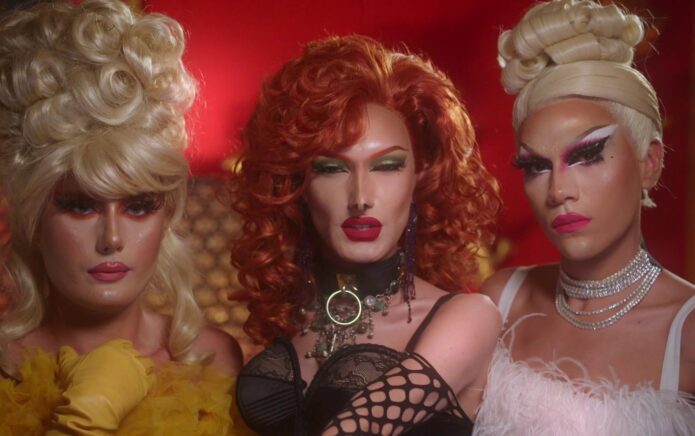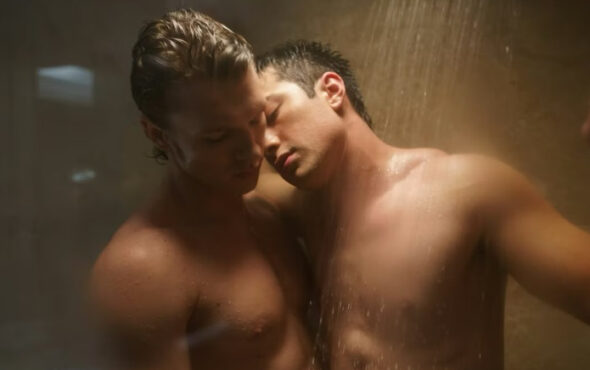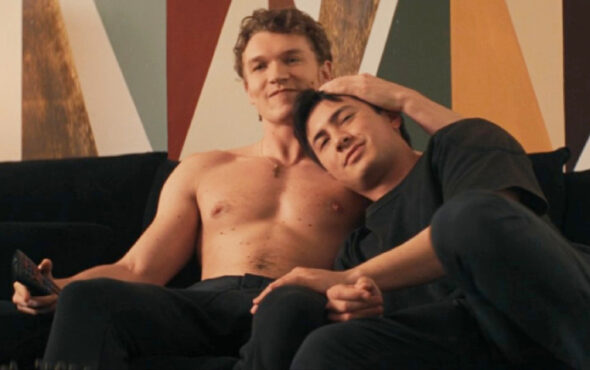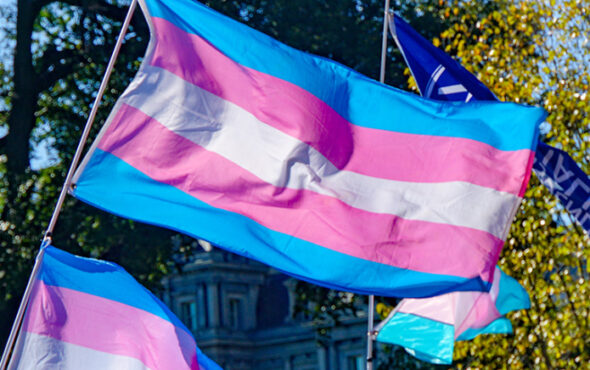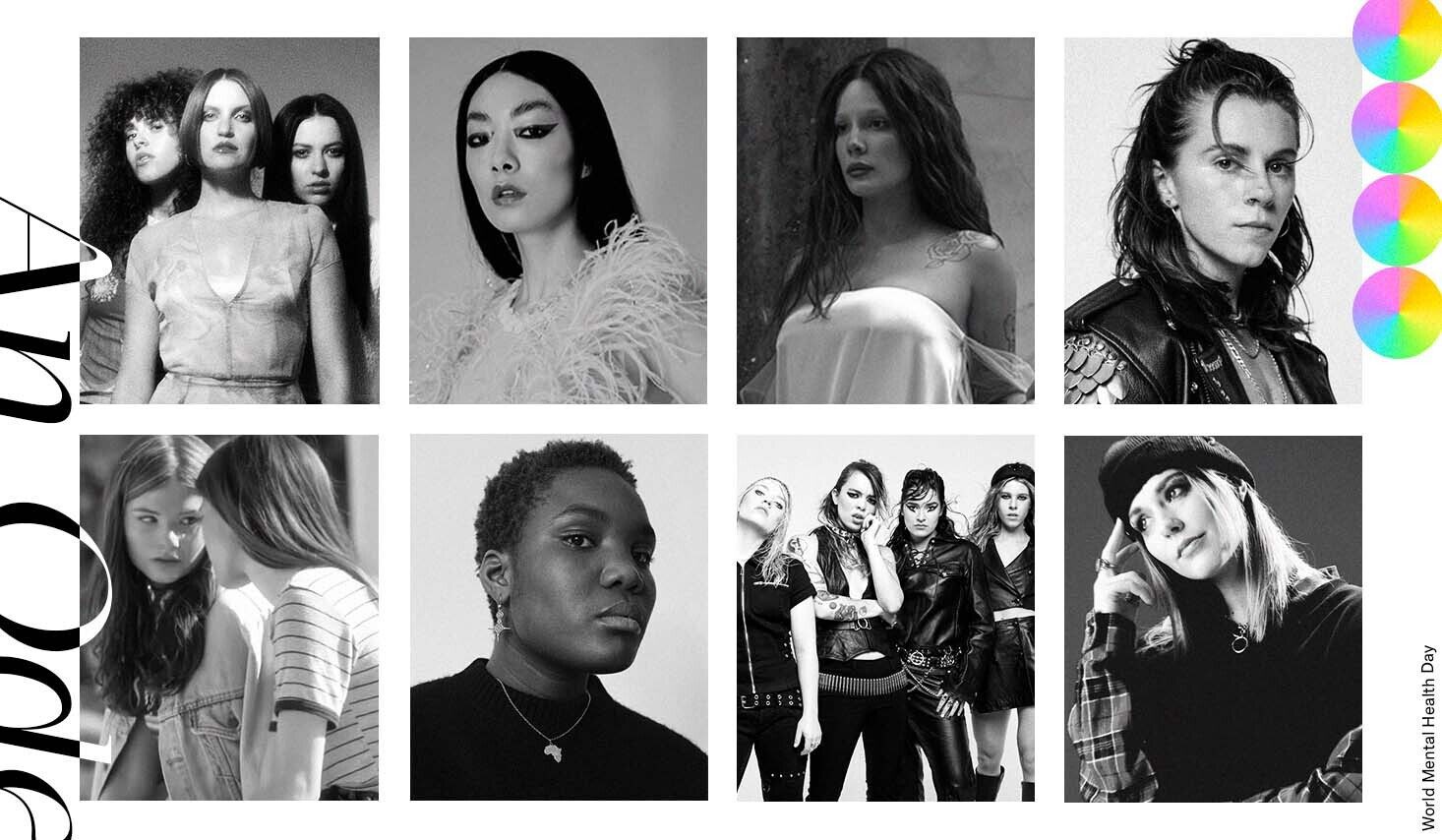
It was 2020 when Halsey released their third studio record, Manic. An unassuming album, the title alluded to the singer’s situational state; one of disarray and unconformity. It was moments before an anxiety-inducing university class that I let the lyrics of track 16, 929, ebb away at my own frantic state of mind. Its slow tempo beat and compelling lyrics were appealing to the frontier of modern pop. A quietly remarkable song, the track settled at the end of the tracklist and, for a good while, at the back of my mind. Set against gently plucked acoustic strings, the singer pondered: “Well who am I? I’m almost 25 / Can’t remember half the time that I’ve been alive.” And I, newly moved to London and plunged into academia and imposter syndrome, questioned a similar rhythm. It’s not uncommon for me to match my mental monologue to a curated playlist that soothes my thoughts. If anything, it’s a tried and tested coping mechanism. For as long as I can remember, music has assuaged the rough edges of my depression and anxiety. And for that alone, I owe it the most.
We all read stories about overcoming inward anxieties, discomforts with ourselves and how we feel. How trauma and growing up different can shape your mindset and your mental health. There’s no right way around it and it’s not all bleak and dark, but for some of us, it can be. For me, it was like navigating through a mist, unsure, and, for the most part, unprepared. I grew up in an environment shaped, lovingly, by culture and religion. But, as it happens, some traditionalist natures were unquestioningly absorbed into our daily lives. It didn’t take long to figure out what had a place and what didn’t. So, as a self-effacing teen with a fixation on pop-punk icons and British metalheads, music worked as an emotional panacea. What began as an obsession with Paramore and Bring Me The Horizon soon spilt over into a subconscious, yet efficacious, search for artists that I really resonated with. It wasn’t long until I found them.
I “discovered” Halsey in a clustered library room back table neglecting what would be a personal statement for university. Aesthetic compilations of Room 93 EP floated across my dashboard; a self-made Tumblr superstar — this was Ashley Frangipane at her beginning. A melodramatic synth-laden anthem, Is There Somewhere swept me up in her cursive singing as she pocketed another fan. Later, their formative works would couch my experiences as if background movie soundtracks. Whether it was the cinematic landscape of her youth-ridden debut Badlands and her cerulean blue hair, I was captivated in this sonic escape. Anchored in the queer rock-pop image of 2015, it wasn’t long until I came across PVRIS. The Massachusetts band, now led by front act Lynn Gunn, skirted under the radar of the alternative scene, but they found a dedicated home with LGBTQ+ users online. The gloomy emo-synth band, now a two-piece, hit home with their dark electropop sound lines and gothic-inspired image. Their debut record, White Noise, packed with punchy guitars and outspoken lyrics, captured more meaning than I cared to admit. Shouldered between the rise of this new wave of music, it all felt like a tipping point, a coming of age moment as I began to unpack and understand my own feelings.
A queer renaissance of sorts, 2015 marked a turning point for the community. Almost everyone remembers where they were when Hayley Kiyoko’s Girls Like Girls music video hit the internet, or when Frank Ocean’s Blond was announced. Both artists struck a chord with their audience; an open vulnerability that had long been sought after. For me, that space of comfort and community was found in a stuffy venue room in Birmingham. It was 2018 and I had decidedly crashed at a friend’s university flat and managed to land guestlist tickets to see The Aces. This was the first gig I was going to in a while, social anxiety had marred the experience of past shows, but this was a night I was determined to see through. I’d met the Utah up and comers before, interviewing them in my home city, and tonight was no different. But, the show was transformational. Although, not what I expected, it was the easiness of their fanbase, the acceptance and relaxed self-expression; it was comfortable. Quietly taking in the live lyrics to Last One as front singer Cristal Ramirez swayed on stage singing: “I don’t need another song about you / so this is the last one.” It was an unintentional gesture, but that song has stuck around as a reminder, almost, not to let my mental health consume all the things I enjoy.
Since then, the likes of MUNA, Rina Sawayama, and Arlo Parks have hijacked my playlist (and most of my social media). Despite my progression with my mental health, these artists offer that emotional buoyancy. While music isn’t the antidote (or comparable) to genuine solutions, they offered spaces of solace. Whether it was pre-panic attack, moments of sensory overload, or general anxieties, I knew I could flick on a playlist and retreat into a saccharine calm. It didn’t matter if it was a heartfelt ballad of Chosen Family, the unrequited confession of Eugene, or the closeness of I Know A Place, they were important.
The reality is, mental health has a stigma tacked onto it. Once you divulge your state of mind to someone; a healthcare professional or a therapist — you’re told to “relax”, exercise, and asked if you have long-term goals. So, what happens when all this gets wrapped up in cultural taboos too? It’s not pretty. Younger generations are seemingly wading through a culture of disbelief when it comes to mental health issues. Where do you turn when those in charge believe that an upset state of mind caused by internalised and inherited shame can be undone by a lengthy walk or prescription medication? While these options can be a healthy option for some, it’s not a solution for everyone. The urgency surrounding mental health can only be stressed.
Data has shown an increasing number of younger generations identifying on the LGBTQ+ spectrum. Off the back of that, half of LGBTQ+ people have experienced depression, while every three in five have suffered from anxiety. In support of mental health awareness, GAY TIMES actively encourages conversations addressing mental health issues in the LGBTQ+ community and how these issues can affect the youth. Put simply, there’s a mental health crisis amongst young LGBTQ+ people which can only be addressed by systemic change: greater government funding to support LGBTQ+ charities, inclusive school-based and environmental education, and open conversations. While these solutions take time, destigmatising the topic of mental health is the first step in the right direction. Mutual understanding when it comes to personal issues, particularly around mental health, can seem distant, but as community conversations continue, we can work towards bridging that gap.
So, whether it was my adoration for MUNA pacifying my pre-interview anxieties or Stand Atlantic doing the complete opposite, I’m grateful for the artists and their art. Maybe there’s a reason why an indie-pop trio from Los Angeles has meant so much to me. It could be their melodramatic edge and histrionic music video for Silk Chiffon featuring Phoebe Bridgers, one that parodies the cult classic movie But I’m Cheerleader, that takes unfiltered, bold steps into shameless individuality. “I don’t know where the shame dies / But it’s helping me to scream this is not my fault,” MUNA vocalist Katie Gavin sings on Loudspeaker. For that alone, I’m grateful she did.
If you have been affected by this feature, please refer to these LGBTQ+ services: Switchboard, Stonewall, Imaan, Albert Kennedy Trust.
